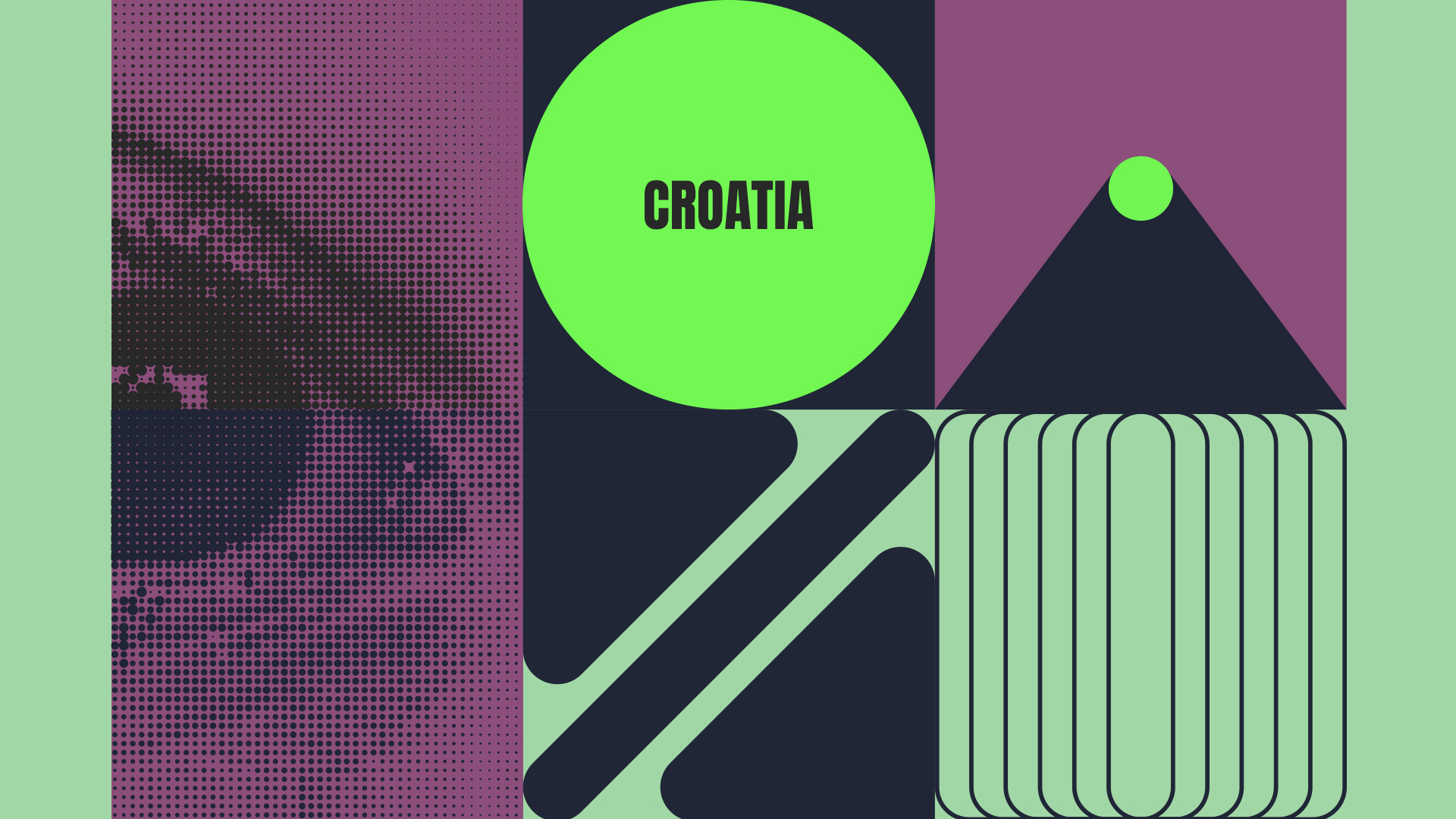Media Consumption Habits in Croatia in 2023
In BrandPuls (research by Ipsos), we can see that in 2023, media consumption of TV, internet (desktop and mobile), and radio among the total population did not change significantly. However, dailies recorded a 4% lower weekly reach (17.41%), YouTube had a 3% lower weekly reach (62.76%), and magazines recorded a 6% lower monthly reach (15.5%). Conversely, cinema increased its monthly reach by 8% (12.9%).
In Nielsen Arianna, ATV remained at 240 minutes per day, but percentage drops were higher among kids (4-12), youngsters (18-29), and those approaching older age (50-59). The 60+ demographic maintained the same TV consumption as in 2021. In 2023, 42.34% of Croatians watched TV on demand, representing a 5% year-over-year increase. Netflix leads the way with 24.33%, followed by Max with 10.41% and the free-of-charge HRTi with 6.21%. Netflix grew by 18%, Max by 20%, and HRTi by 27%.
Facebook remains the leading social network (70.76%), followed by Instagram (48.82%) and TikTok (20.64%), which had the second-highest year-over-year increase of 23%. The highest year-over-year increase is seen on LinkedIn, where 12.32% of the population is active. Usage of communication apps is led by WhatsApp (76.33%), followed by Viber (61.29%) and Facebook Messenger (52.75%). Snapchat is at 8.38%, with an 8% increase compared to 2022.
To protect the advertising market inappropriately, information about the usage of ad blockers is not available for 2023. However, we know that in 2024, 70% of people did not attempt to use AI services.
In 2024, incremental changes to media consumption are expected, with no major shifts anticipated in the media market.
Published: September 15, 2024
